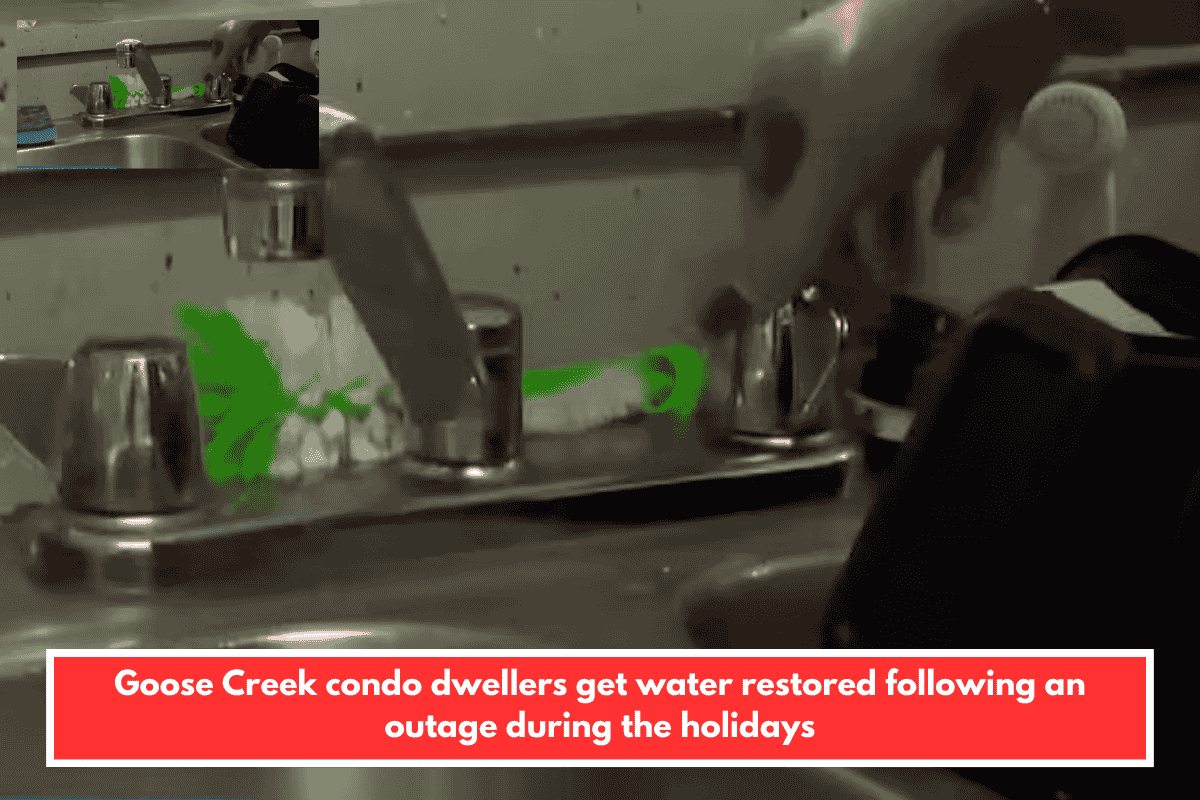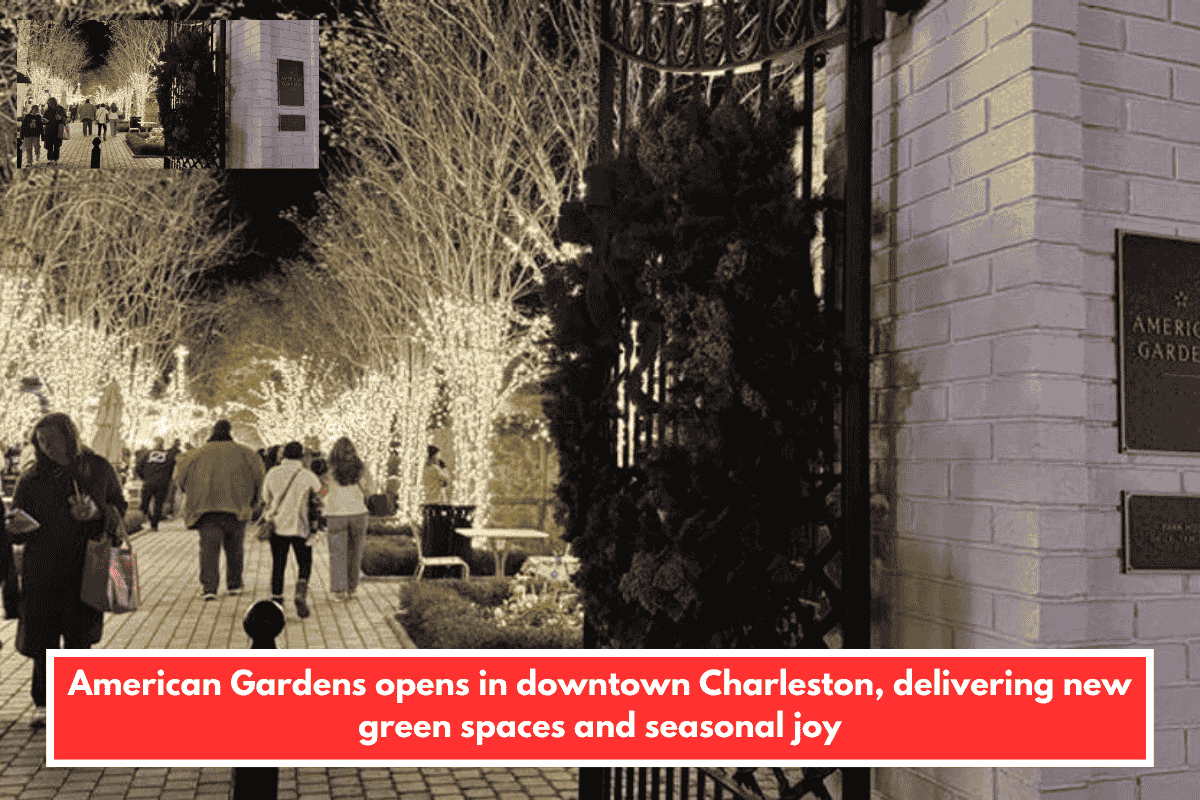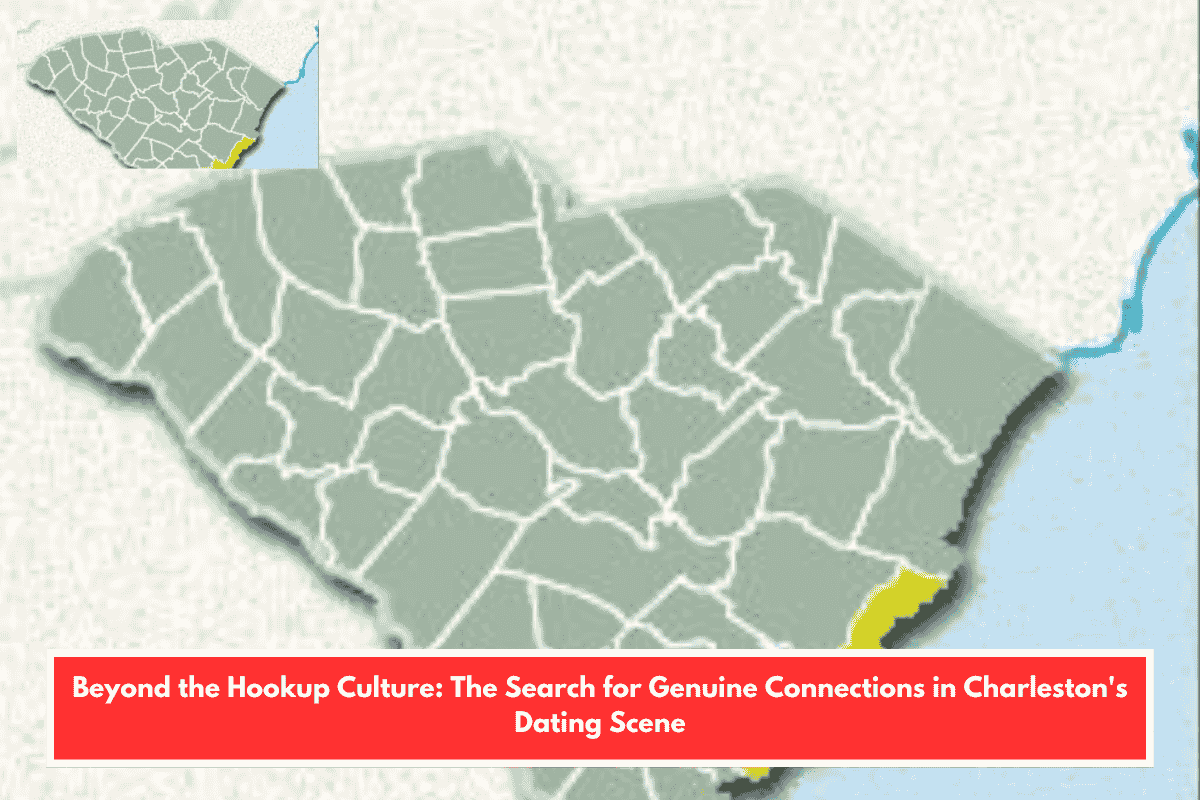For many of you, a number of beach erosion and jurisdiction issues are unfolding simultaneously, leading to confusion for some and frustration for others. Social media posts—often containing inaccurate or misleading information—have only added fuel to the fire. Without endorsing any specific viewpoint, I will try to provide information that allows you to draw your own conclusions.

First: government jurisdiction over private property. The U.S. Constitution does not favor government taking private land without compensation, except in clearly defined cases involving public health or safety. As George Washington once said, “Freedom and property rights are inseparable. You cannot have one without the other.” The Fifth Amendment states, in essence: “Without just compensation, government regulations cannot so restrict the use of private property that the owner is deprived of any reasonable use or value.” Similarly, South Carolina law (Section 48-39-30) states: “No government agency shall adopt a rule or regulation or issue any order that is unduly restrictive so as to constitute a taking of property without the payment of just compensation.”
Against this backdrop, the General Assembly has outlined its jurisdiction over beachside private land in Section 48-39-10, which defines a beach critical area. Two lines are used: the baseline (toe of the primary dune) and the setback line (a 40-year erosion projection from the baseline). These lines are reviewed every 7–10 years and approved by the General Assembly. They remain fixed until they are reset. For Isle of Palms, they were last set in 2018 and are due for resetting in 2026. These lines determine the beach critical areas and the extent of state jurisdiction.
Beach critical areas include two parts—the Beach/Dune system (seaward of the setback line) and the Beach itself (areas exposed to regular tidal and wave action where no nonlittoral vegetation grows). Although the term “active beach” is defined in broader tideland and wetlands law, it is not used in the jurisdictional language of Section 48-39-10. However, the Office of Ocean and Resource Management has recently begun using the term “active beach” to assert that any loss of waterfront land—even from a single storm—transfers jurisdiction to the state. If that happens, repairs can only be made using beach-compatible sand; homeowners are not allowed to replace plants, fences, or even soil. This practice is unlawful and would make state jurisdiction inconsistent and nearly impossible to track. It would allow the state to determine jurisdiction individually, rendering the baseline and setback lines meaningless. Essentially, one storm could result in the state annexing a portion of your backyard as public beach. Any waterfront owner should resist this unauthorized expansion of jurisdiction, which has not been approved by the General Assembly.
Adding complexity, Isle of Palms is the only city with property protection rules that are stricter than those of the state. Its ordinance prohibits homeowners from taking any protective action within 250 feet landward of the high tide line—often extending to a home’s back porch. This contradicts constitutional protections and could create unlimited liability for the city. If a home is lost to the ocean and the homeowner claims the ordinance prevented any defense, the city could be held responsible for the damage. No other municipality exposes its citizens to such risk.
Lastly, in 2018, the state shifted from a retreat policy (no protective measures allowed) to a replenish, renourish, and “hold the line” approach. But anyone observing the southern side of the island—where the beach has dropped by as much as 10 feet—knows it’s impossible to hold the line with sand alone. A better solution is a protective structure always buried beneath sand and landscaped, with dunes on the ocean side to support the ecosystem. This structure would only be exposed in a major storm and would then be re-covered, having done its job. This allows the state and city to focus on building dunes and replenishing public beaches, rather than repairing private yards. While we all want the same outcome, infighting and misinformation only block practical solutions that serve everyone.














